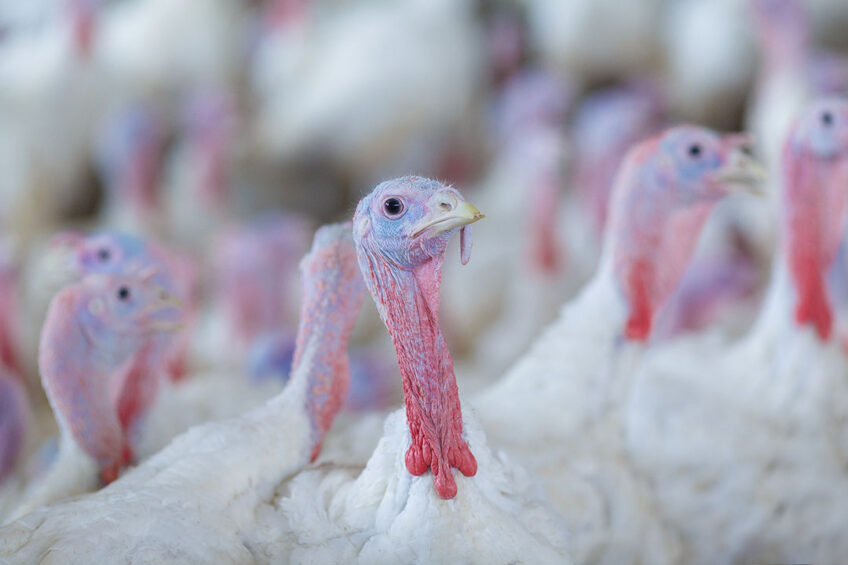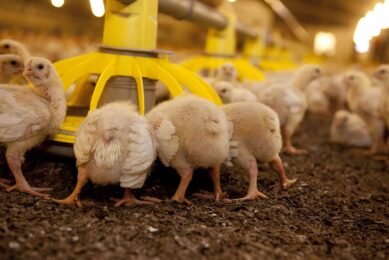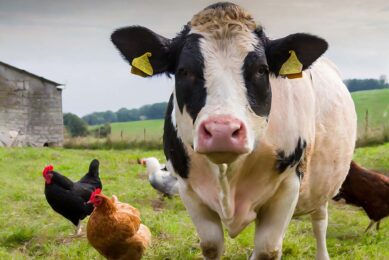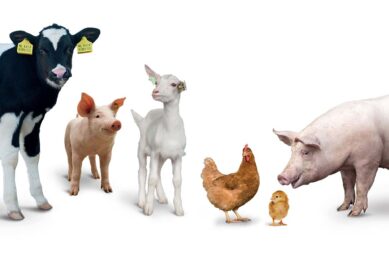Say yes to preventive health solutions

Antibiotic resistance has a significant cost for human and animal health. By leveraging the beneficial effects of gut microbiota management and immune support, it is possible to reduce antibiotic use by strengthening intestinal health.
Antibiotic resistance (ABR) is viewed as one of the most pressing public health challenges of the 21st century. It is defined as the ability of bacteria to survive antibiotic concentrations known to inhibit or kill previously sensitive strains, and clinically leads to the persistence of infections despite the administration of antibiotics. According to the World Health Organization, the human cost of antibiotic resistance is currently estimated to be at least 700,000 deaths worldwide per year.
It is important to keep in mind that ABR is not only a problem for human health. In the poultry industry, first and foremost the birds are the priority and the various stakeholders of the production chain also pay a high price for ABR. For instance, failure of antibiotic therapy during bacterial infections has an important impact on animal welfare (e.g. avian pathogenic E. coli, Enterococcus sp.). The resulting deteriorated growth, culling and mortality directly impairs production performance and income. The limitations in terms of remaining treatment options further contribute to increased health costs and reduced profitability. The overall cost of ABR remains difficult to precisely estimate. A recent estimation suggested an indirect cost of about US$ 1,500 per kg of fluoroquinolones administered in US broiler chicken production.
Consumer expectations and strategies
Since there is a lack of new systemic antibiotics, preserving the efficacy of the ones available is critical. Several initiatives have been undertaken to reduce the veterinary use of antibiotics. At EU level, the One Health action plan against ABR intends to lessen the gap between animal health and human health. In terms of long-term objectives, the Farm to Fork Strategy targets a reduction by 50% in sales of antimicrobials used for farmed animals by 2030. The societal demand to reduce antimicrobial use in meat production is also an important driver.
Significant results have already been achieved in the EU in animal farming, as the European Medicine Agency reports that the sales of veterinary antimicrobials decreased by 34% between 2011 and 2018. However, continuing to endorse the rational use of antibiotics will be the key to sustain these results.
Different preventive measures can be considered, either from the poultry producer’s or the health professional’s end. They require a multidimensional approach that includes compliance with good management practices, nutritional recommendations, biosecurity and correct prophylaxis along the production chain. Having healthy day-old chicks is an important factor to prevent neonatal antimicrobial use, as is controlling feed and water quality and considering the use of alternative strategies such as feed additives to support health. In terms of antibiotic use, the preventive use of critically important molecules (e.g. fluoroquinolones, 3rd and 4th generation cephalosporin) should be avoided, as its use is already not permitted in some countries, and sensitivity testing encouraged before their metaphylactic or therapeutic use.
Microbiota management
Several hypotheses have been formulated to explain the antibiotic growth promoting (AGP) effect of therapeutic molecules. Preserving the equilibrium of the gut microbial ecosystem is an important pillar for alternative strategies that aim at preventing pathogen overgrowth, as it not only supports optimal digestion and growth but also prevents enteric disease. However, the reduction of the use of antibiotics cannot be achieved with a single approach. For instance, it has been suggested that when used at subclinical doses, part of the growth promoting effect of AGPs lies in their ability to have an anti-inflammatory effect on the gastro-intestinal tract. Therefore, feed additives that have the characteristic of being Pattern Recognizing Receptor (PRRs) agonists are good candidates in AGP replacement strategies, as they can be recognised by cells of the Gut Associate Lymphoid Tissue (GALT) and stimulate innate immune defences.
Figure 1 – Mortality of turkeys supplemented with Clostat alone or in combination with Aleta.

Clostat is a patented probiotic that consists of spores of Bacillus sp. PB6 (ATCC PTA-6737) originally coming from the gut microflora of healthy chickens. It stimulates a well developed and diverse intestinal microbiome and prevents enteritis. Aleta is a unique algal β-(1,3)-glucan used for immune support and derived from E. gracilis. Once ingested by the immune cells, these algal β-(1,3)-glucan are subsequently able to modulate the production of signalling molecules, acting as an immune modulator and leading to a sustained and adequate immune response. Together with Bacillus sp. PB6, they can be a tool to support antibiotic reduction programmes.
A field trial was conducted in a turkey farm to evaluate the effect of Bacillus sp. PB6 and the algal β-(1,3)-glucan used as a solution package to support antibiotic free production (Table 1). 15,000 hybrid turkeys were raised and supplemented with the algal β-(1,3)-glucan at 100 g/ton of feed until 23 days of age. The birds were then allocated in 2 buildings and reared with or without the supplementation of the algal β-(1,3)-glucan. In a first 700 m2 house, 4700 turkeys from the initial group were raised with Bacillus sp. PB6 at 2 kg/ton (4 x 108 CFU/kg) of feed and in the drinking water (dosage depending on the litter quality), but without the algal β-(1,3)-glucan. In a second 1200 m2 house, 10300 turkeys were raised following the same Bacillus sp. PB6 programme, but with the addition of the algal β-(1,3)-glucan at 100 g/ton of feed. Body weight per square meter and mortality were monitored until slaughter (110 days of age). Additionally, the vaccination response to a live haemorrhagic enteritis virus (HEV) vaccine was measured. In this antibiotic free trial, the synergism of Bacillus sp. PB6 and the algal β-(1,3)-glucan resulted in an improved body weight per square meter (+14%), a reduced mortality (-32%), and an improved antibody titer against HEV (+32%) (Figure 1 and 2). The improved health status of the birds in the combined approach translated into a better live performance and a reduced mortality.
Figure 2 – Antibody titre against haemorrhagic enteritis virus of turkeys supplemented with Clostat alone or in combination with Aleta.

Conclusion
Reduction of antibiotic use in poultry production is still a major challenge in spite of the progress made over the past years. By improving the gut microbial ecosystem and the immune response, the joint supplementation of Clostat and Aleta is a tool that improves poultry health in a complementary manner to help achieve this objective.
References are available on request.
Authors:
Eric N’guetta, Product Manager Intestinal Health and Paulina Bukowska – Rzezak, Technical Service Manager Intestinal Health, Kemin Agrifoods EMENA







